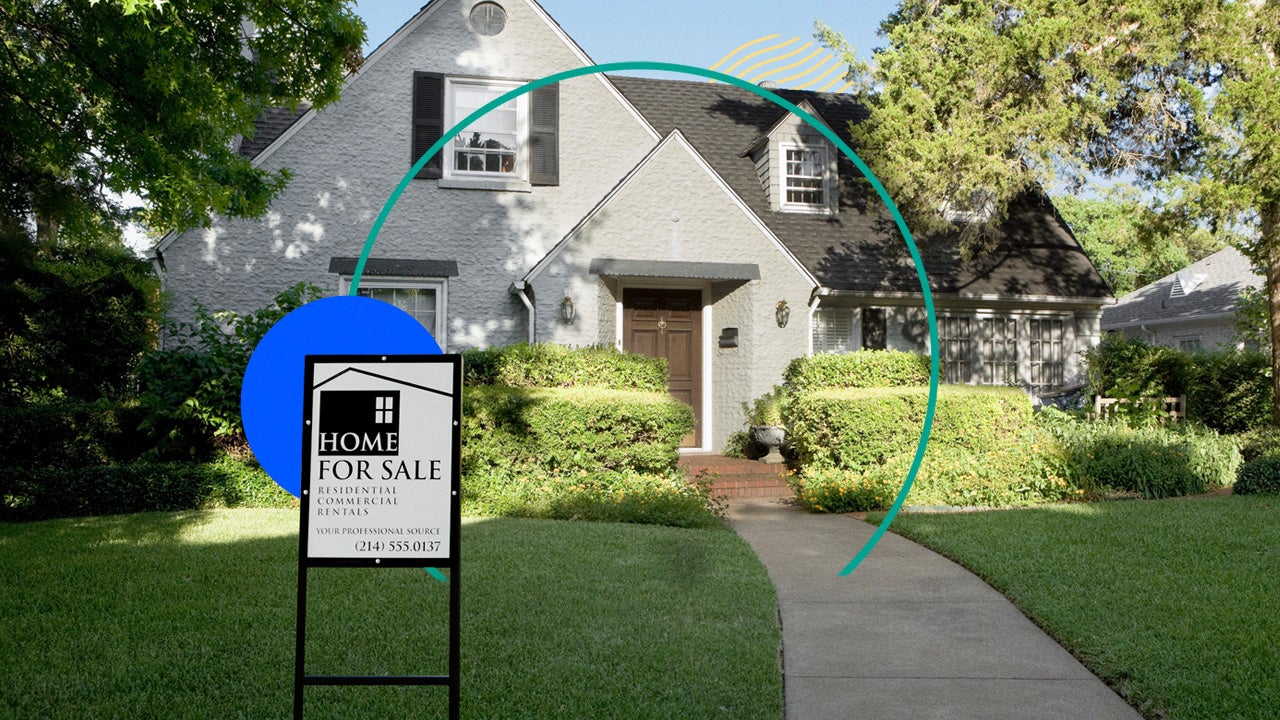How to buy a new-construction home
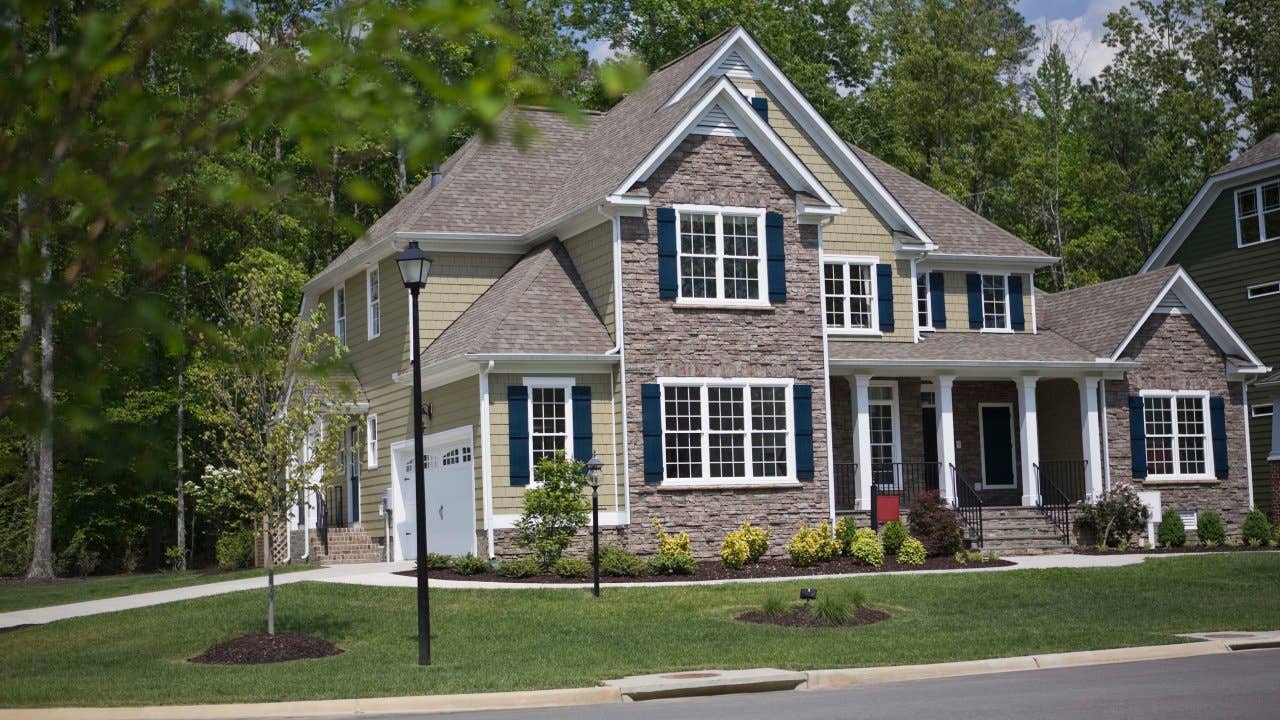
There haven’t been enough homes available for the amount of buyers who want to be homeowners. That shortage and other factors have pushed home prices to record-high levels. If you’ve been putting in offers only to be beaten out, it might be time to think about a different approach: buying a home that hasn’t been built yet.
- Just over 1.6 million new homes broke ground in 2021, an increase of 16 percent year-over-year, according to the U.S. Census Bureau and Department of Housing and Urban Development (HUD).
- The average sale price of a new home is $570,300, while the median sale price of a new home is $450,600, according to April 2022 Census and HUD figures.
- Once a permit is approved, the average new single-family home takes 7.2 months to complete, according to Census estimates. Built-for-sale homes are done fastest at just 6.5 months. Homes that are owner-built take much longer — an average of over a year.
- As of the first quarter of 2022, the most unaffordable housing market in the U.S. is Los Angeles, according to National Association of Home Builders (NAHB) estimates. The least expensive major housing market is Lansing, Michigan.
What types of new-construction homes can you buy?
D.R. Horton, Lennar, Ryan Homes, Toll Brothers and Pulte Group are some of the biggest names in the building business. However, these companies don’t all build the same kinds of homes; the label “new construction” can come in a few different formats:
- Custom: Appropriately named, custom homes can be customized to your exact preferences. Think of building one of these the same way you might think about designing your own shirt: You get a say over every detail that goes into it. With a custom home, you might purchase a piece of land and then work with a builder to determine everything from the front doorknob to the type of roof. These are the most expensive kind of build.
- Semi-custom: This is the next step down from custom. While you won’t get to pick everything that goes into the property, you will have some options to choose from. Likely, a developer already bought the land and you’re now able to have a say in finishes and other factors.
- Production or spec: With this type of new-construction home, you don’t get to customize everything, but that also means you won’t have to pay so much for everything, either. These tend to have the fastest timelines and are usually the cheapest option.
Steps for purchasing new construction
If you’re planning to buy new construction, here are key points in the process:
- Get preapproved. By getting preapproved for a mortgage, you’ll have a clear picture of how much you can borrow and what your monthly mortgage payments will be. With those numbers in mind, you’ll be able to narrow your search between a high-priced custom home or a cheaper spec home. Begin by comparing several construction loan lenders.
- Enlist a real estate agent. A real estate agent, especially one that specializes in new construction, can help you scout for sites for new homes, connect you with a builder and navigate other complexities unique to this type of transaction.
- Find the right builder and location. If you can, gather recommendations for local builders in addition to major developers. Smaller builders that have a big presence in your city or town likely have the experience you need with securing permits and dealing with other local compliance concerns. Whichever builder you’re leaning toward, confirm licensing and insurance and search the Better Business Bureau or elsewhere online for complaints or red flags.
- Set a timeline and plan for moving. Once you select a builder, get a timeline based on the phases of the project, then plan for inevitable delays. For example, if you’re selling your current home, you’ll want to make sure to have a short-term rental as a backup in the event your new-construction home isn’t ready on time.
- Get the property inspected. When the property is finally ready for occupancy, have it inspected by a third party (not just your builder), and make sure you understand what the builder’s home warranty covers.
Tips for financing a new-construction home
There are different types of construction loans, including loans that strictly pay for the project and loans that convert to permanent mortgages once the home’s finished.
When financing new construction, the key is to lock in your rate for a longer period of time, up to a year or more.
“A borrower that qualifies at today’s interest rates may not qualify later if rates go up during construction and they haven’t locked in an interest rate,” says Kelly Ann Zuccarelli, a new-construction executive with Wells Fargo Home Mortgage.
While the builder’s doing all the construction work, you’ll have the responsibility of keeping your loan on track, too, including staying organized and communicative if anything changes with your employment or financial situation.
“Keep your personal records accessible while your home is being built because credit documents are only good for 120 days,” says Zuccarelli. “You may need to provide updated bank statements two or three times, pay stubs and other credit documents as well.”
Pros and cons of buying new construction
Buying any home comes with certain advantages and drawbacks, but buying new construction has a unique set of pros and cons to consider.
Pros of buying new construction
- Ability to get exactly what you want
- Likelihood of lower maintenance and utility bills
- No need for immediate renovations
Cons of buying new construction
- Higher price
- Longer timeline (with likelihood of delays)
- Off-gassing health issues
Pros of buying new construction
- Ability to get exactly what you want: If you can afford a completely custom home, the biggest upside is that you won’t have to compromise on anything. Whether you want to work with an interior designer or handle all the decisions on your own, high-end new construction gives you a chance to build the home of your dreams.
- Likelihood of lower maintenance and utility bills: It’s brand-new, so you’ll likely avoid some of the common maintenance issues that come with buying an older home, at least in the first few years. Plus, the home will likely have more energy-efficient systems, which can save you on utilities.
- No need for immediate renovations: Buying a preowned home often means you’ll be exploring renovations, or at least minor remodeling projects, out of the gate. With new construction, you likely won’t need or want to make changes right away.
Cons of buying new construction
- Higher price: Building your dream home can come with a nightmarish budget. Be ready to pay more for something brand-new than you would for something that’s already standing.
- Longer timeline (with likelihood of delays): If time isn’t on your side, new construction can be especially frustrating. If you buy an existing home, for example, you might be able to close and move in less than a month. With new construction, it might take you a month just to secure permits. That timeline can get even longer if your builder runs into issues with sourcing materials or workers.
- Off-gassing health issues: New carpet, new floor, new paint — all those new materials can emit chemicals that aren’t great for your lungs. These won’t stick around forever, but it’s important to keep in mind if you’re planning on moving in immediately after the builder completes the work.
Current housing market and new construction
The current housing market and the broader inflationary challenges of the economy make buying new construction especially challenging. Everything has gotten more expensive in the past year, and that includes the cost of building materials, which has gone up 19 percent in the past year, NAHB reports. Meanwhile, mortgage rates have surged above 5 percent. Even for those who can afford to build brand-new homes, no amount of money will be able to speed up the process — supply chain issues are making it tougher to obtain everything from windows to garage doors.
New-construction home FAQ
Bottom line
If you’re considering moving into a new-construction home in 2022, you’ll avoid the frustrating bidding wars many other existing-home buyers are encountering. Additionally, you’ll be able to customize part of the home and enjoy the latest energy-efficient technology. However, between supply chain issues and labor shortages, it’s taking longer and costing much more to build new construction these days. Take your time comparing multiple lenders and builders, and make sure you avoid these common mistakes that other new-home buyers have made.
You may also like
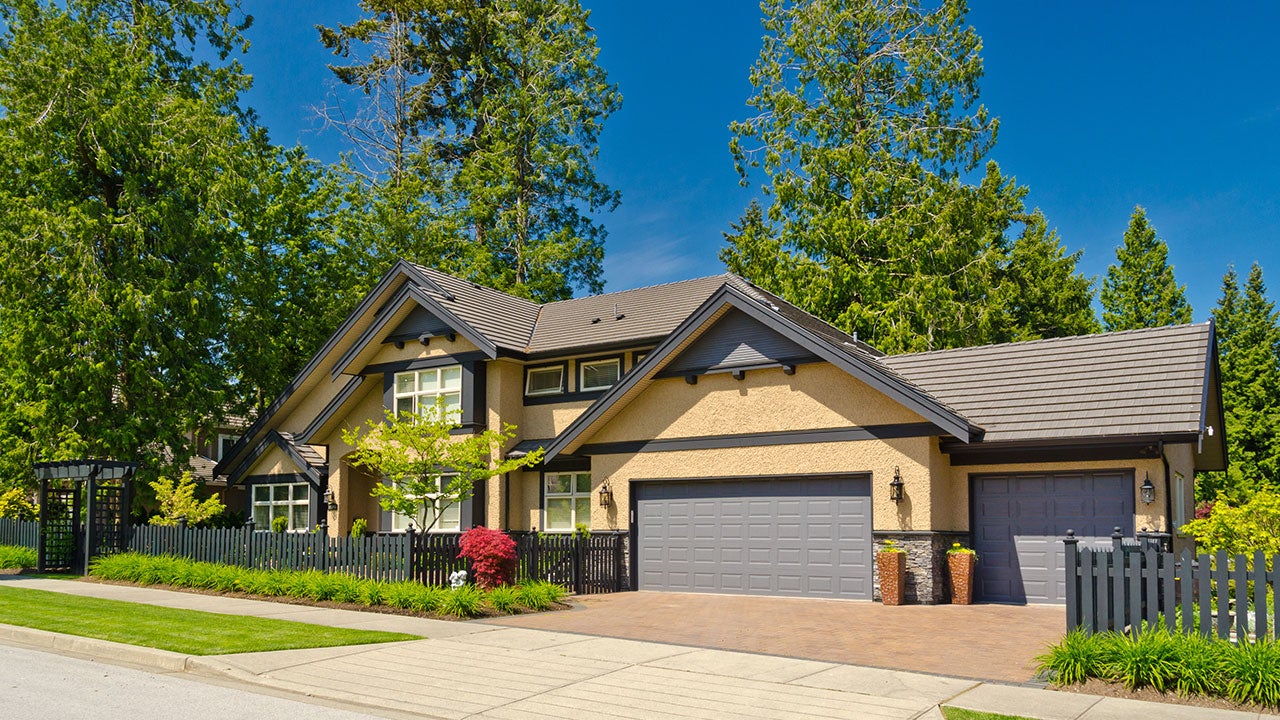
How to find the best FHA mortgage lender
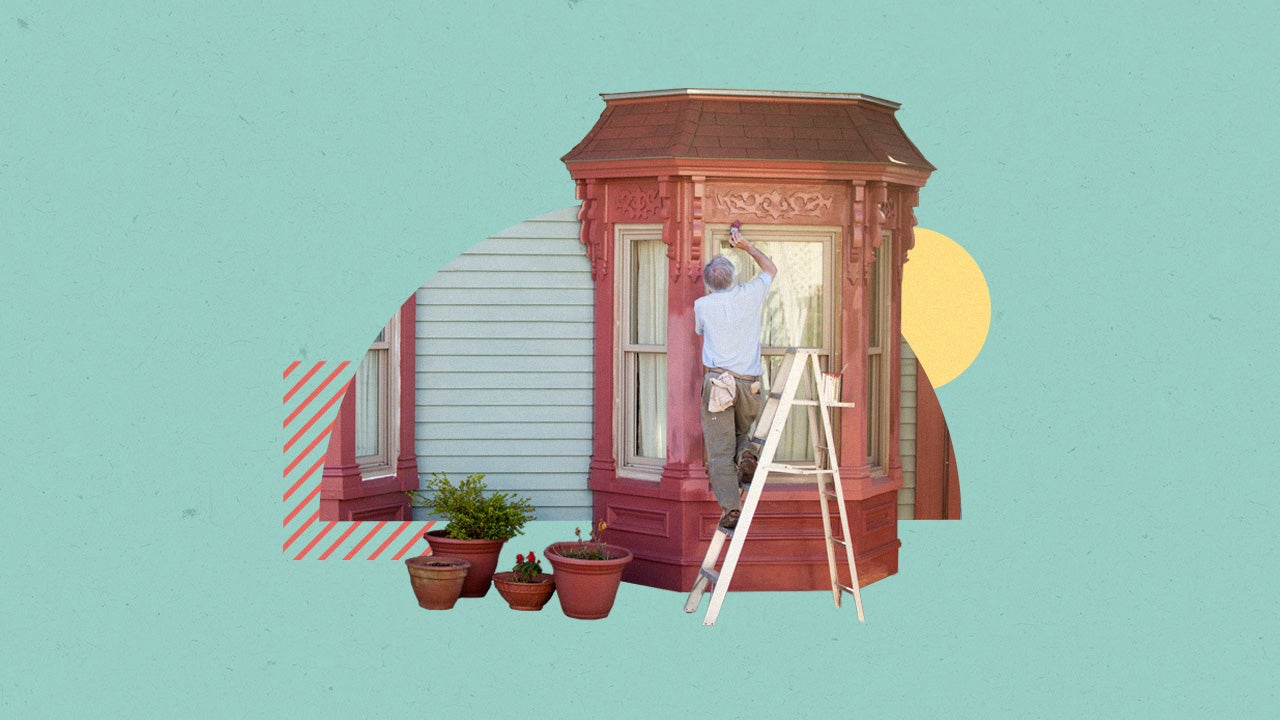
5 key tips for buying a fixer-upper
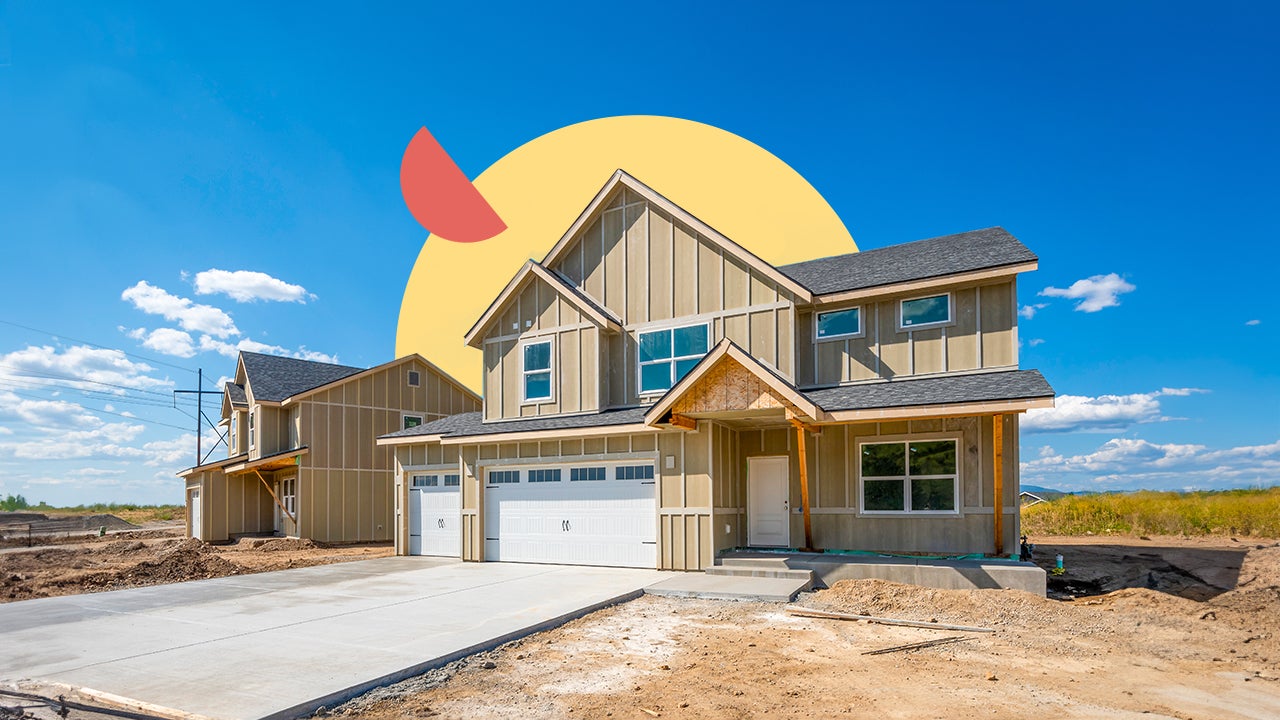
Pros and cons of new-construction homes
